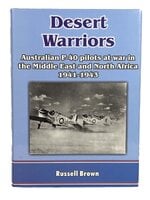Shortround6
Lieutenant General
Actually, some of the issues in 1943/44 are because the airframe first flew In May of 1935 (Hawk 75/P-36) The airframe was beefed up, but aerodynamics and construction was pretty much the same. The real problem was not actually the airframe itself, it was that the P-51 airframe was over 5 years newer. The FW 190 was about 4 years newer and the New Hawker (Tornado/Typhoon) was 4-4 1/2 years newer ( engines delayed the airframe).I agree, plus most of the issues with the P-40 stem from its engines supercharger, not from the airframe itself.
The P-40 was not only up against the other countries fighters, it was up against the P-47 and P-51 and P-63 for production priorities.





